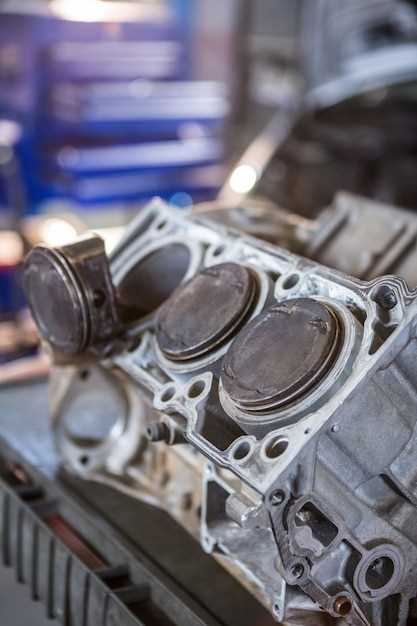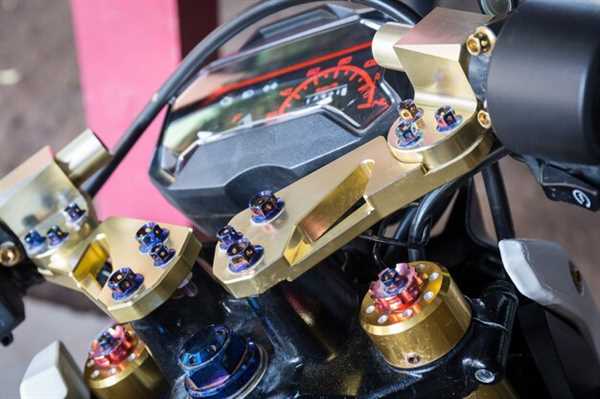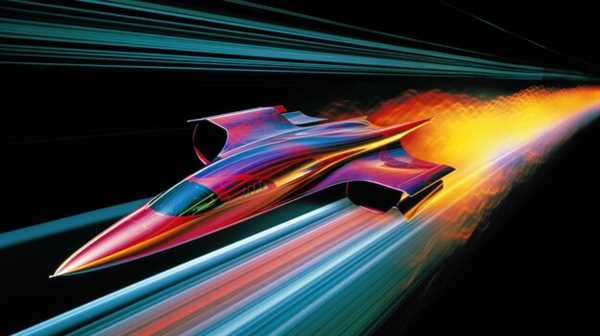
To fully appreciate the evolution of competitive automotive performance, it’s crucial to explore the advancements in forced induction technology. This approach has transformed power delivery and responsiveness, allowing vehicles to achieve remarkable acceleration and efficiency that were previously unattainable.
Consider the remarkable milestones achieved by vehicles utilizing this technology in various competitions. For instance, the introduction of these systems in Formula 1 during the late 1970s changed the pace at which teams could innovate and adapt. Notably, power outputs soared, enabling teams to push the limits of speed while maintaining driver control.
Additionally, analyzing the diverse applications within endurance racing reveals significant shifts in design philosophy and engineering. Teams embraced these systems to enhance performance without compromising weight and aerodynamics, leading to a new era of racing machines that dominate both circuits and public fascination.
As you explore the intricacies of these developments, focus on the lessons learned from the successes and failures throughout the decades. Understanding how these technological implementations have influenced strategy on and off the track will provide invaluable insights into the future of automotive sports.
Understanding the Mechanics of Turbocharged Engines in Motorsport

Focus on the air intake system to enhance performance. Increasing airflow is critical; consider using larger turbo compressors to boost power output efficiently. Optimize intercooler designs to reduce intake temperature and increase density, allowing for better combustion.
Monitor boost pressure regularly. Maintaining ideal levels is necessary for maximizing horsepower without risking component failure. Incorporate wastegates to regulate this pressure and prevent over-boost scenarios that can harm the internal workings.
Pay attention to tuning. Proper calibration of the fuel mapping ensures a correct air-fuel ratio, which is vital for achieving peak power while maintaining engine reliability. Use advanced software tools for real-time adjustments and data logging during competitive events.
Consider the exhaust system design. High-flow headers and less restrictive mufflers can significantly reduce backpressure, enabling quicker spool-up times and a more responsive throttle. This leads to improved acceleration on the track.
Evaluate material choices for components. Lightweight alloys can contribute to reduced overall mass while enhancing strength. This is particularly crucial for parts subjected to high stress, such as connecting rods and pistons.
Stay informed about advancements in turbocharger technology. Variable geometry turbos offer better efficiency across a wider RPM range, improving drivability and performance consistency throughout a race.
Regular maintenance is non-negotiable. Schedule inspections for wear on critical components, ensuring longevity and competitive reliability. Attention to oil quality and cooling systems directly influences performance stability.
Key Moments: Turbocharged Technology Breakthroughs in Racing

The introduction of the 1977 Renault RS01 marked a significant shift with the debut of a forced induction system in Formula 1. This model utilized a 1.5-liter four-cylinder, which laid the groundwork for future designs.
In 1984, the McLaren MP4/2 achieved a remarkable milestone by winning 15 out of 16 races in its season, driven by a 1.5-liter V6 unit. This domination demonstrated the performance advantages of forced induction in competitive scenarios.
The debut of the 1986 Porsche 962C at the 24 Hours of Le Mans set new standards. Incorporating a twin-turbo setup, this vehicle showcased exceptional power and handling, resulting in victories across multiple endurance events.
In the late 1990s, the introduction of variable geometry turbines by manufacturers like Audi transformed the approach to forced induction. This advancement significantly broadened the powerband and improved throttle response in competitive vehicles.
The 2000s saw an influx of hybrid systems alongside turbocharged configurations, such as in the Williams FW28. This merging of technologies highlighted the potential for both fuel efficiency and high performance in motorsport.
Recent advancements include the implementation of complex inlets and advanced control systems, as demonstrated by Mercedes’ utilizations in Formula 1. These innovations illustrate how aerodynamics and turbocharging can work in harmony to enhance track performance.
The Future of Turbocharged Engines in Competitive Racing
Implementing advanced materials like carbon fiber and titanium in engine construction can enhance performance and durability. Manufacturers should invest in lightweight components to reduce weight and improve speed.
Hybrid technology integration will likely dominate upcoming motorsport design, boosting power delivery and fuel efficiency. Explore the application of electric motors alongside traditional combustion systems for optimal results.
Utilizing advanced aerodynamics through computer simulations can enhance the overall vehicle dynamics. Fine-tuning the airflow and reducing drag contributes significantly to enhancing lap times.
Data analytics and real-time telemetry provide invaluable insights into engine performance. Teams must focus on harnessing this information to optimize settings for various tracks and conditions.
Future competitions will see the need for sustainable fuels. Exploring biofuels or synthetic alternatives will cater to environmental concerns while maintaining power output and reliability.
Collaborating with tech companies to develop cutting-edge software for predictive maintenance can prevent failures during critical moments. This proactive approach will enhance overall team strategy.
Investing in driver training programs centered on turbo performance adaptation will be crucial. Understanding the nuances of power delivery and throttle response can provide a competitive edge.


